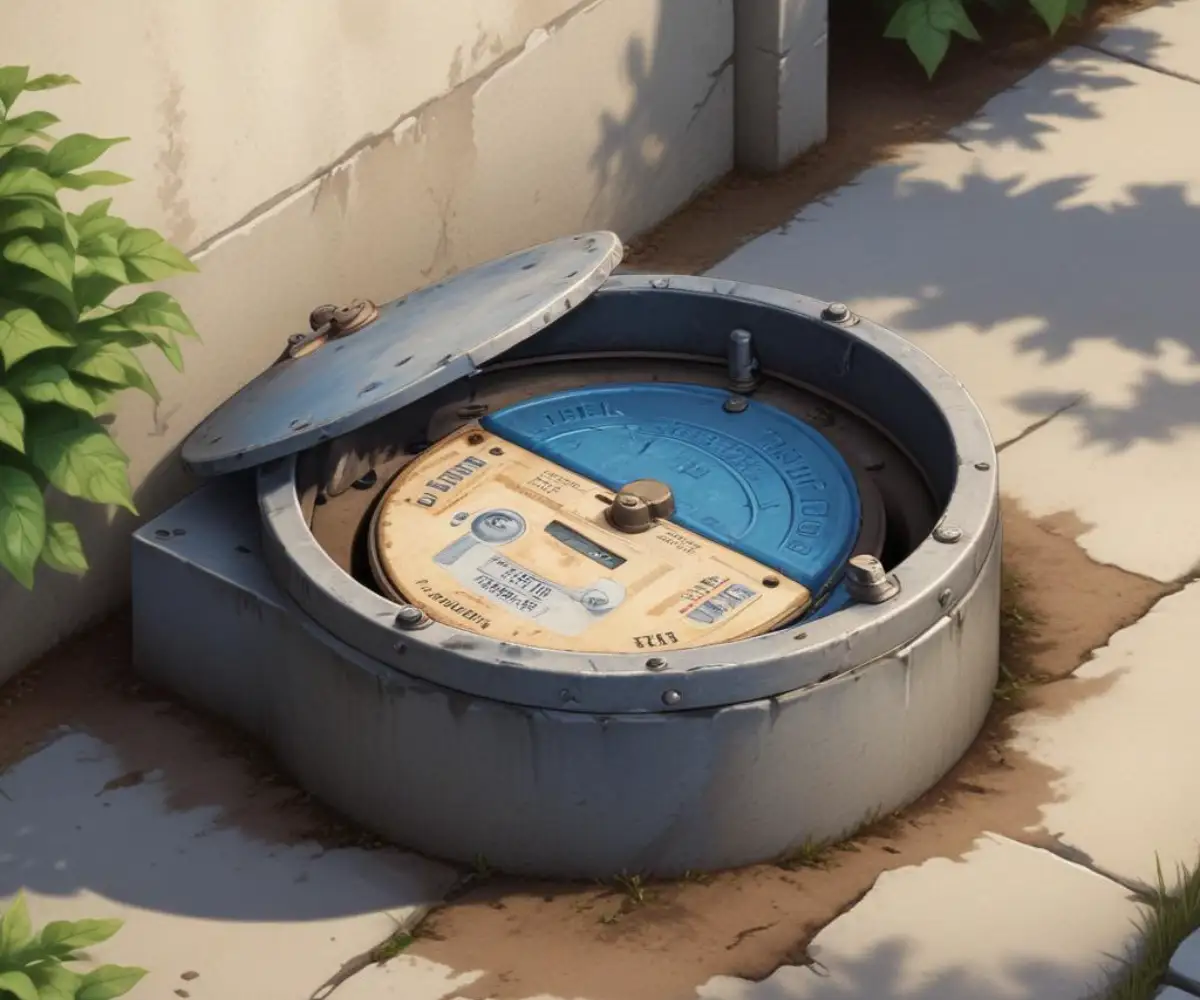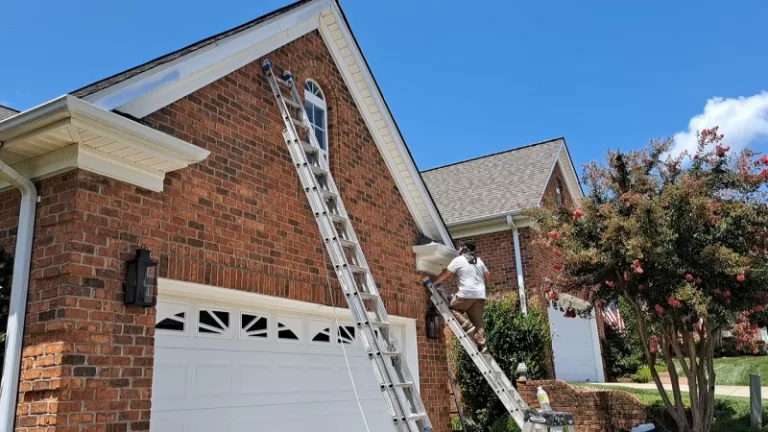Drive-Over Water Meter Box: Your Ultimate Protection Guide
That sinking feeling when you hear a crunch under your tires in your own driveway is unmistakable. For many homeowners, the victim is a standard, non-traffic-rated water meter box, never designed to withstand the weight of a vehicle. This common oversight can lead to a cascade of expensive and frustrating problems.
A shattered lid, a collapsed box, or worse, a damaged water meter and leaking pipes are frequent outcomes. The consequences range from costly repairs to potential water service disruptions. Understanding the cause and solution is critical for any property owner with a meter box in a high-traffic area.
You'll Learn About
Why Standard Water Meter Boxes Fail Under Pressure
The core of the problem lies in the material and design of standard water meter boxes. Most are made from simple plastics or brittle concrete composites intended only for pedestrian traffic or landscaping areas. They lack the structural integrity to support the thousands of pounds of a vehicle.
Even occasional, accidental roll-overs can cause cumulative stress, leading to hairline cracks that worsen over time. The dynamic load of a moving vehicle exerts far more force than its simple static weight, a factor that standard boxes are completely unprepared to handle. This repeated stress ultimately leads to catastrophic failure.
Identifying Your Risk: Is Your Meter Box in the Danger Zone?
How do you know if you need a heavy-duty solution? If your water meter is located in your driveway, a parking area, or any path where vehicles regularly travel, you need a drive-over water meter box. There is no ambiguity; a standard box in such a location is a ticking time bomb for damage.
Check the location of your meter. If delivery trucks, personal vehicles, or even heavy lawn equipment pass over it, an upgrade is not just recommended—it’s essential for preventing future headaches and expenses. Ignoring this puts your property’s main water supply connection at unnecessary risk.
The Solution: Investing in a Traffic-Rated Water Meter Box
A water meter box you can drive over, often called a traffic-rated or heavy-duty box, is engineered specifically to solve this problem. These robust enclosures are built from materials designed to withstand significant, repeated weight and impact, ensuring the safety of the meter and pipes within.
Making the switch provides peace of mind and protects against sudden, costly repairs. Proper installation of a traffic-rated box is a permanent solution to a preventable problem. It ensures uninterrupted access to your water supply and maintains the structural integrity of your driveway or parking surface.

Choosing the Right Material for Your Drive-Over Box
The material of your water meter box is the single most important factor in its durability. Different materials offer varying levels of strength, longevity, and cost. Understanding these differences is key to selecting the right product for your specific needs.
From traditional cast iron to modern polymer concrete, each has its place. Your choice will depend on the expected traffic load, local climate, and budget. It is crucial to choose a material that is rated for vehicular traffic to ensure it performs as expected.
| Material Type | Load Rating & Durability | Best Use Case | Average Cost |
|---|---|---|---|
| Cast Iron | Excellent (AASHTO H-20 rated). Extremely durable and long-lasting, resistant to impact and compression. | High-traffic driveways, commercial parking lots, and roadways. The gold standard for vehicle-rated protection. | High |
| Ductile Iron | Superior. More flexible and less brittle than cast iron, offering higher impact resistance. | Areas with very heavy or fast-moving traffic where extra strength is needed. | Very High |
| Heavy-Duty Polymer Concrete | Very Good. High compressive strength and resistant to corrosion and chemicals. Lighter than cast iron. | Residential driveways, and areas with moderate to heavy vehicle traffic. An excellent modern alternative. | Moderate |
| Traffic-Rated Structural Foam/HDPE | Good. Engineered plastics designed for specific load ratings, often Tier 15. Lightweight and easy to install. | Residential driveways with occasional, non-deliberate light vehicle traffic. Not for heavy trucks. | Low-Moderate |
Key Features of a High-Quality Drive-Over Water Meter Box
Beyond the base material, several features distinguish a superior drive-over box. A well-designed lid is crucial. Look for lids with a non-skid surface to ensure safety for pedestrians in wet or icy conditions.
The lid should also fit snugly and securely into the box frame to prevent rattling or shifting under traffic. Some models offer locking mechanisms for added security, preventing unauthorized access. This feature can be particularly important for commercial properties or if you have concerns about tampering, which can sometimes be an issue with systems like a Neptune ARB box that houses sensitive reading equipment.
Installation: The Key to Performance and Longevity
Proper installation is just as critical as the quality of the box itself. An improperly installed box, even a heavy-duty one, can fail. The box must be set on a stable, compacted base of gravel or sand to ensure weight is distributed evenly into the subsoil.
The top of the box must be installed perfectly flush with the surrounding driveway surface. A box that is too high creates a tripping hazard and is vulnerable to impact damage, while one that is too low will collect water and debris, and the lid may collapse into the opening under a load.
Step-by-Step Installation Guide
First, excavate the area around the old meter box, providing enough clearance to work comfortably. The hole should be deep enough to accommodate a 4-6 inch layer of compacted gravel for a stable base. This foundation prevents the box from sinking over time.
Next, carefully place the new traffic-rated box onto the prepared base, ensuring it is level. Align any pipe openings with the existing water lines. Once the box is in position, you can backfill around it, compacting the material in layers to prevent future settling.
Finally, pour the concrete or lay the asphalt around the box, ensuring a seamless, flush finish. This final step is crucial for load transfer; the surrounding pavement helps support the box and distribute the weight of passing vehicles. Rushing this can undermine the entire installation, leading to instability much like a poorly anchored wall fixture might require knowing how to fix a cabinet falling off the wall; structural support is everything.
Maintaining Your Drive-Over Water Meter Box
While traffic-rated boxes are built for durability, they are not entirely maintenance-free. Periodic checks are essential to ensure long-term performance. Keep the area clear of debris, dirt, and vegetation that can interfere with the lid or meter access.
After severe weather or unusual traffic, visually inspect the lid and surrounding area for any signs of cracking or shifting. Addressing minor issues early can prevent more significant problems from developing. For example, ensuring the lid remains properly seated is far easier than replacing a damaged box.
Frequently Asked Questions
What makes a water meter box “drive-over” rated?
A drive-over water meter box is constructed from robust materials designed to handle vehicular loads. Materials like cast iron, polymer concrete, or specialized heavy-duty composites are used to achieve a specific traffic rating, such as H-20, ensuring the box can withstand the weight without collapsing.
What materials are used for traffic-rated water meter boxes?
Common materials for drive-over meter boxes include high-grade cast iron, polymer concrete with fiberglass reinforcement, and other durable composites. These materials provide the necessary strength and impact resistance to safely bear the weight of frequent vehicle traffic.
Can any plastic water meter box be installed in a driveway?
No, standard plastic meter boxes are typically not designed for traffic-bearing locations and should not be installed in driveways. However, some manufacturers produce heavy-duty plastic or composite boxes that are specifically rated for incidental driveway traffic.
What does an H-20 load rating mean?
An H-20 load rating indicates the meter box lid or enclosure can withstand heavy loads, specifically up to 40,000 pounds. This rating is common for infrastructure installed in roadways, driveways, and other areas subject to heavy vehicle traffic.
Is special installation required for a drive-over meter box?
Yes, proper installation is critical for performance and safety. Drive-over meter boxes often require a concrete collar or reinforced base to ensure stability and proper load distribution into the surrounding ground. The top of the box should be set flush with the driveway surface to avoid creating a hazard.
Beyond the Box: Are There Alternatives?
In some situations, relocating the water meter may be an option, though it is often a complex and expensive process involving the utility company. For temporary situations or lighter-duty needs, some might consider other protective measures. However, it’s important to use the right tool for the job.
A solution like a drive over cable protector DIY project, for instance, is designed for cables, not for protecting the rigid, complex components of a water meter. These alternatives do not provide the necessary structural support and can create a false sense of security. The only guaranteed solution for a meter in a driveway is a purpose-built, traffic-rated meter box.

